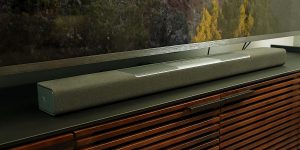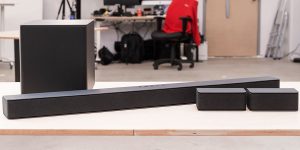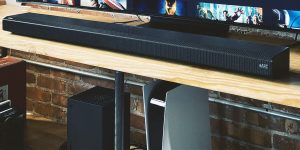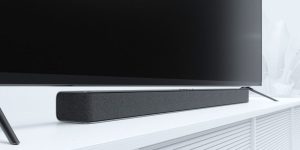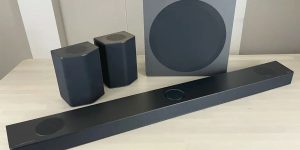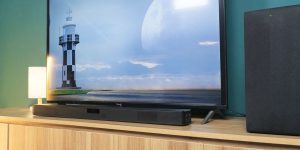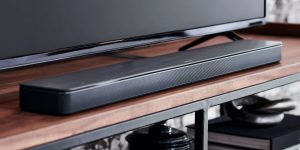A well-integrated subwoofer can make all the difference to your audio experience. In this comprehensive guide, I’ll walk you through the simple yet impactful process of how to connect a subwoofer to a soundbar, transforming your home entertainment setup into a powerhouse of immersive sound. From wireless connectivity to maximizing the potential of wired connections, I’ve got you covered. So, buckle up and prepare to unleash the full potential of your sound system, connecting a subwoofer to a soundbar.
Why connect a subwoofer to a soundbar?
This connection offers several benefits that can significantly improve the way you enjoy movies, music, and other media. Here are some advantages of connecting subwoofer to a soundbar:
- Enhanced audio quality: The subwoofer handles the low-frequency sounds, such as explosions, deep rumbling, or the thump of a bass guitar, while the soundbar focuses on delivering clear mid-range and high-frequency sounds.
- Versatile placement options: Soundbars can be easily mounted on walls or placed on TV stands, while subwoofers can be positioned anywhere in the room. Finding the right placement for them allows you to achieve the optimal audio balance in your space.
- Easy setup and integration: Most modern models are wireless or come with wireless connectivity options. Additionally, many soundbars include built-in subwoofer outputs or wireless pairing capabilities.
- Space-saving solution: Compared to a traditional surround sound system with multiple speakers and a separate receiver, a soundbar and subwoofer take up significantly less space.
- Upgradability and compatibility: Both devices are often designed to be modular and expandable. You can later add more speakers or even a full surround sound system if you desire a more advanced setup.
Preparation before connection
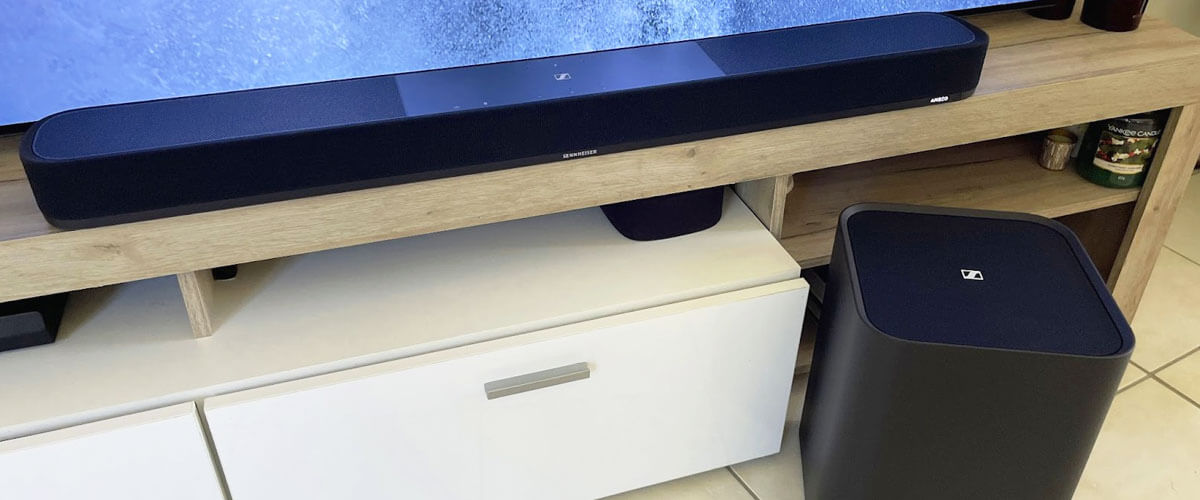
Before adding subwoofer to a soundbar, it’s essential to take a few preparatory steps to ensure a smooth setup and optimal audio performance. I recommend the next key steps to consider:
- Read the manuals: They contain important information regarding setup instructions, recommended placement, connectivity options, and any specific considerations.
- Choose the right location: The soundbar is typically positioned below the TV or mounted on a wall above or below it. Consider factors such as visibility, accessibility, and the sound dispersion angle of it. The subwoofer offers more flexibility, but placing it near a wall or corner of the room often enhances bass response.
- Clear the area: Remove any objects that could obstruct the sound waves or cause vibrations. Clearing the area also makes it easier to run cables or establish wireless connections between the devices.
- Check connectivity options: Determine whether you’ll be using wired connections or wireless options.
- Gather necessary cables and accessories: This may include HDMI cables, optical cables, audio cables, power cords, and mounting brackets. Check the lengths of the cables to ensure they will reach between the devices without strain.
- Set up power sources: Make sure power outlets are easily accessible. If you’re using wireless connectivity, check if the subwoofer requires a separate power source or can be powered via the soundbar.
- Adjust sound settings: Take note of any recommended settings or adjustments that can optimize the audio output.
- Perform firmware updates: Visit the manufacturer’s website or use their companion app to ensure you have the latest firmware versions.
Connecting a wired subwoofer to a soundbar
This process is typically straightforward, and I’m going to help you with the connection:
- Locate the input and output ports: such as RCA, 3.5mm audio, or proprietary connectors.
- Depending on the available ports, you may need a specific cable. Most commonly, you’ll use an RCA cable with a 3.5mm adapter or a dedicated subwoofer cable with RCA connectors.
- Ensure that devices are powered off to prevent any electrical issues during the setup process.
- Take one end of the cable and connect it to the subwoofer’s port. Next, connect the other end of the cable to the soundbar’s dedicated subwoofer input port.
- Check if the connections are secure and properly inserted.
- Power them on and wait for them to initialize.
- Depending on the soundbar model, you may need to access the sound settings to activate the subwoofer output or adjust the bass levels.
- Test the sound. Make any necessary adjustments to the volume levels or sound settings to achieve the desired audio balance.
Remember to consult the user manuals of both the soundbar and subwoofer for specific instructions and details regarding connectivity options and recommended settings.
Connecting a wireless subwoofer to a soundbar
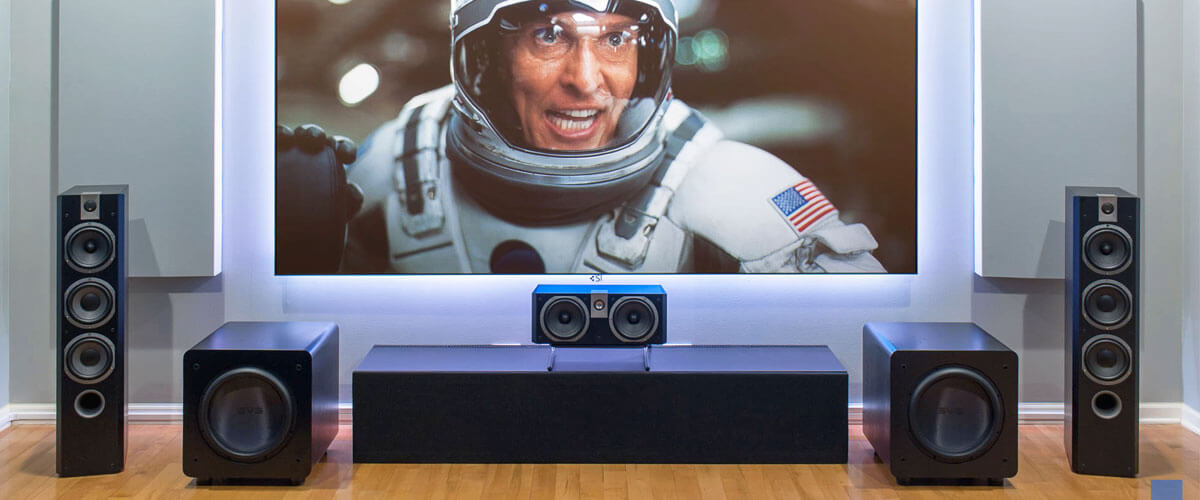
- Ensure that both devices support wireless connectivity.
- Activate the pairing mode on the subwoofer.
- Access the settings menu on the soundbar. Look for the wireless subwoofer pairing option.
- Allow the soundbar to detect the subwoofer and complete the pairing process.
- Wait until the soundbar indicates that the wireless subwoofer is connected. Some soundbars may have LED indicators.
- Wait for them to initialize.
- Play audio and adjust the volume levels or sound settings as desired.
Follow these steps to easily connect these 2 devices. Experiment and customize your audio system according to your unique preferences!
FAQ
Can I pair any subwoofer to my soundbar?
No, not all subwoofers are compatible with all soundbars. You need to ensure that the subwoofer and soundbar have compatible wireless technologies or connectivity options.
Why isn’t my subwoofer connecting to my soundbar?
It could be due to incompatible wireless technologies, improper pairing processes, interference, or technical issues.
Does the subwoofer automatically connect to the soundbar?
In most cases, the subwoofer has to be manually paired with the soundbar. The pairing process involves putting both in pairing mode. Further connections may occur automatically.

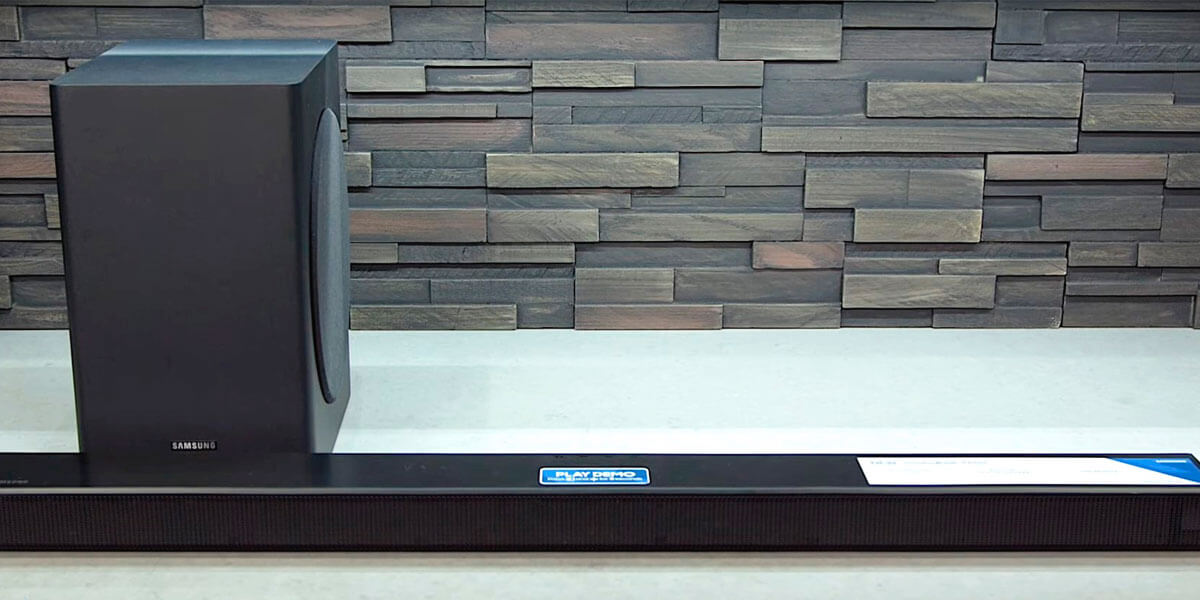
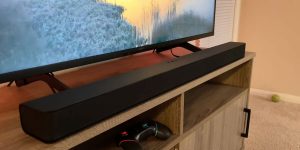
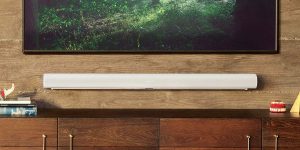
![Best Bose Soundbars [Reviewed and Tested]](https://www.kaotoxin.com/wp-content/uploads/2024/01/best-bose-soundbar-300x150.jpg)
